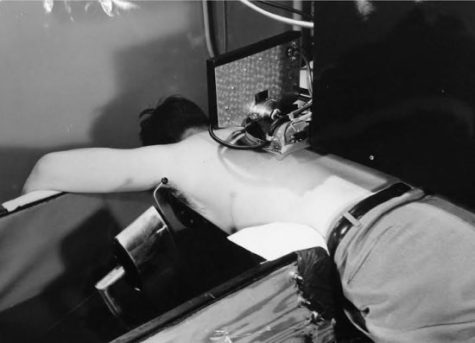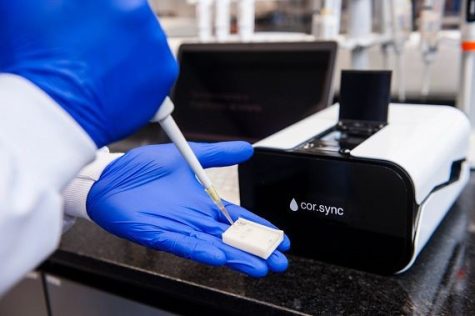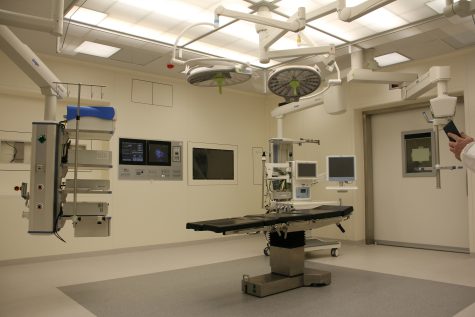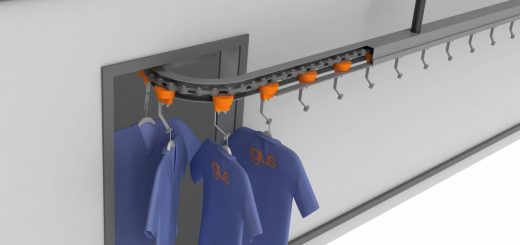What is Medical Engineering?
Medical engineering and biomedical engineering is a multidisciplinary field that combines principles of engineering with biological and medical sciences to improve healthcare and provide state of the art medical equipment. Medical engineers aim to develop technologies and devices that can diagnose, treat, and prevent medical conditions, ultimately enhancing patient care and quality of life.
The Role of Medical Engineers
Medical engineers apply their expertise to various engineering disciplines from mechanical to electrical and materials engineering in order to solve complex medical problems. Their work involves designing and developing medical devices, creating advanced imaging systems, and improving healthcare delivery methods.
Key Areas of Medical Engineering
- Medical Devices and Equipment: The core aspect of medical engineering is the development of medical devices and equipment. This includes everything from simple tools like stethoscopes and thermometers to complex machines like MRI scanners and robotic surgical systems. These devices need to be safe, effective, and reliable before they can be used on a larger scale.
- Imaging and Diagnostics: Medical engineers play a crucial role in the development of imaging technologies such as X-rays and ultrasounds. These technologies allow healthcare professionals to diagnose and monitor conditions with greater accuracy. Innovations in imaging also include the development of non-invasive techniques that reduce patient discomfort and risk.

Did you know? When trying to establish if it was possible to create a technology that could ‘see’ inside the body, scientists relied on old military equipment like radar baths and navy radar transducers where you had to submerge in water to receive a basic image of the targeted area. Find out more.
- Biomaterials and Tissues: This area focuses on developing materials that can interact with biological systems. Biomaterials are used in implants, prosthetics, and tissue engineering. Medical engineers design these materials to be biocompatible, meaning they can function within the human body with no adverse reactions.
- Rehabilitation: Medical engineers also work on technologies that assist individuals with disabilities. Developing prosthetic limbs and mobility aids aims to enhance the quality of life for people with physical impairments by providing tools that help regain independence.
- Healthcare Systems: This area involves analysing and redesigning processes within hospitals and clinics to reduce errors, streamline operations, and enhance patient care.
Innovations in Medical Engineering

Medical engineering is a rapidly evolving field, with new technologies constantly emerging. In addition to designing new machinery and technologies, the environment that these innovations have to be in needs to adhere to stringent hygiene standards. igus have developed products specifically for the medical field in cleanroom applications:
3D Printing for medical use: 3D printing technology is revolutionising the production of medical devices and prosthetics. Lightweight gears were required to increase the resolution of a stepper motor system in a medical device that analyses blood tests to predict heart attacks. Using selective laser sintering (SLS), igus® were able to 3D print these gears to make them lightweight and ideal for a medical environment. Also the iglidur i3-PL material is lubrication-free to avoid contamination. Read more here.

Cleanroom environments: A cleanroom is an engineered space that must maintain the highest levels of hygiene. The e-skin® flat by igus® is IPA tested, ISO Class 1 certified and particle-free guaranteed. Its modular and compact design functions as an outer jacket for chainflex CFCLEAN cables and this combination makes the cable lighter and more flexible for medical technology.
Cleanrooms aren’t just for medical settings though and are used for things like semiconductor manufacturing which require ‘a complex series of processes that transform raw materials into finished devices.’- Renesas
Contamination is a huge source of production issues for semiconductor manufacturing which produces things like microchips that can only be created in an environment free from dust, particles and other contaminants. That’s why igus® created the e-skin range for various installation spaces that require ease of access to change cables, if necessary, a rigidity and defined bend radius and a minimal noise level lower than that of conventional clean cables.

The Future of Medical Engineering
Medical technology is constantly developing and there is always demand for new solutions. The future of medical engineering is bright, with ongoing research and development paving the way for more groundbreaking innovations. As technology continues to advance, medical engineers will play a pivotal role in shaping the future of healthcare. Their work will lead to more effective treatments, improved patient outcomes, and a higher quality of life for individuals worldwide.
Medical engineers are driving advancements that transform healthcare and igus® facilitates their designs with the products and expertise necessary to visualise these projects. From developing cutting-edge medical devices to pioneering new treatment methods, their contributions are vital to the progress of modern medicine.
FInd out more about igus® across a variety of industries here.



